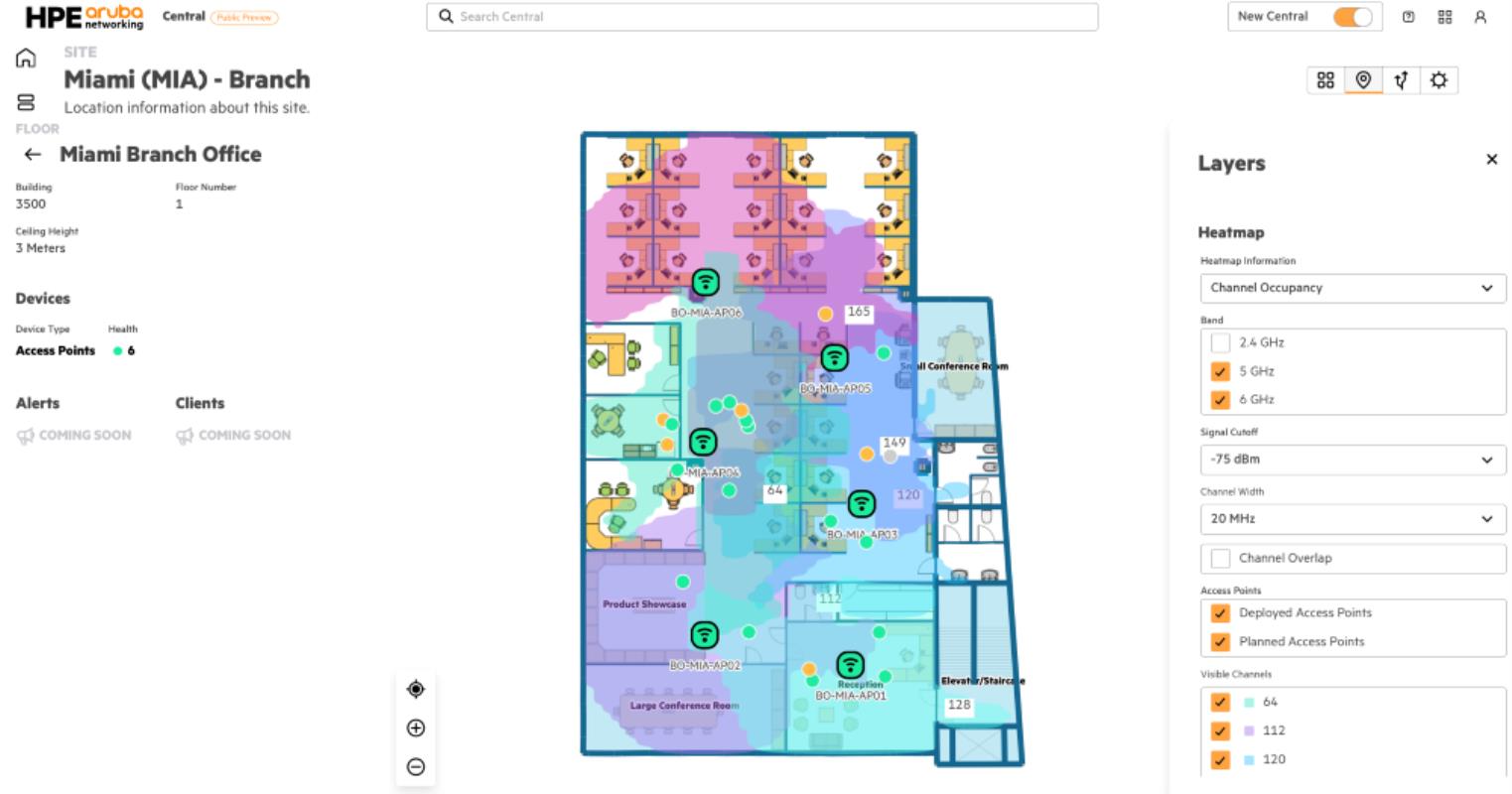Profit after taxes and payments for the Saudi banking sector grew at 7.9% CAGR driven by strong revenue growth – recorded at 9.1% CAGR since 2016
The banking sector in Saudi Arabia experienced a period of high profitability in 2022 as a result of the Kingdom's ambitious Vision 2030 initiative and an economic boom experienced across the Gulf Cooperation Council (GCC) countries. A new report by Boston Consulting Group (BCG), titled “Saudi Arabia’s Banking Sector: 2022 in Review and The Path Ahead”, highlights that elevated energy prices, the abatement of COVID-related measures, and an increase in tourism resulting from major global events have precipitated highly dynamic economic activities.
High energy prices are benefitting hydrocarbon economies and the International Monetary Fund (IMF) estimates that energy exporters in the Middle East and Central Asia will net a windfall of USD 320 billion more than it had earlier forecast – approximately USD 1.4 trillion over the next five years if current global economic conditions persist. Much of this will flow to exporters in the GCC, which number among the top energy-exporting nations in the world.
According to Markus Massi, Managing Director and Senior Partner, BCG, "The banking sector in Saudi Arabia is well-positioned for growth in the coming years. The Kingdom's Vision 2030 initiative, along with high energy prices and an increase in tourism, are driving an economic boom in the GCC, and Saudi Arabia is at the forefront of this trend."
Additionally, the Kingdom of Saudi Arabia (KSA) is accelerating the transformation of its economy in line with its ambitious Vision 2030 initiative. This is driven by a raft of mega-projects, modernization initiatives, as well as reforms and development plans that are already diversifying KSA’s economy and opening it to the world in a way that it has not attempted before. These developments are being mirrored in the performance of the banking sector in Saudi Arabia, which is experiencing a period of much-welcomed profitability.
Despite a challenging global economic climate, inflation in the GCC has not been as problematic as in other countries. "Inflation in Saudi Arabia has been controlled, thanks to high oil prices and less impact from current geo-political events. This, coupled with the Kingdom's efforts to diversify its economy, bodes well for the future of the banking sector,” said Martin Blechta, Principal, BCG.
The banking sector in Saudi Arabia is poised for continued growth in 2023, as the Kingdom continues to implement its 2030 strategy and the GCC economy remains strong. With the expected continued growth of Saudi banks, BCG’s report outlines four avenues as viable options for Saudi banks to consider when pursuing strategies to strengthen their position:
- Manage funding effectively: Despite healthy loan growth, tighter funding conditions (as a result of higher borrowing costs and government inflows receding following a softening in energy prices) could impact loan volumes and NIM growth. Saudi banks should revisit their deposit-gathering strategy and in parallel, proactively encourage searching for other funding sources such as term deposits and wholesale funding.
- Revisit and re-balance product strategies: By taking advantage of favorable interest rates, banks can acquire new customers through a range of savings products. Campaigns to improve financial literacy, as prescribed by Vision 2030 to drive growth in the banking sector, can also help raise the savings rate from 6% to 10% of total household income.
- Invest for growth: By leveraging favorable macro conditions and strong sector growth, Saudi banks can pursue strategic investments to grow revenues and optimize costs. Areas with promising investment opportunities include emerging digital initiatives, re-imagined customer journeys, and the upgrade of underlying technology infrastructure.
- Leverage partnerships: To counter new digital competitors, banks should consider tapping into growing consumer spending trends to expand their portfolio of partnerships. For instance, by partnering with e-commerce businesses and retailers on agency banking and POS microfinancing solutions, banks can expand their customer base. Banks can also work with non-banking financial institution partners to extend low-cost financing options to targeted SMEs.






































































